Hi there, pet lovers! 🐍
The Western Hognose Snake (Heterodon nasicus) is one of the most unique and entertaining reptiles you can bring into your home. With their distinctive upturned snouts, quirky personalities, and manageable care requirements, these snakes have earned a special place in the hearts of reptile enthusiasts. Whether you’re a beginner or an experienced keeper, the Western Hognose Snake offers a rewarding pet experience. In this detailed review, we’ll explore everything you need to know about these fascinating creatures, from their temperament and care needs to their availability and costs.
Overview
The Western Hognose Snake is a small, charismatic reptile known for its distinctive upturned snout and playful, dramatic behaviors. Native to North America, these snakes are beloved for their docile nature, manageable size, and entertaining defense mechanisms, such as playing dead. While they are mildly venomous, their venom is harmless to humans, making them a safe and fascinating choice for reptile enthusiasts of all experience levels.
- Handling and Temperament: Docile, easy to handle, and full of personality.
- Care and Maintenance: Low-maintenance with straightforward requirements.
- Health and Durability: Hardy and long-lived with proper care.
- Availability: Limited due to legal restrictions and regional availability.
- Initial Cost: Affordable setup, but rare morphs can be pricey.
- Overall: An excellent choice for reptile lovers of all experience levels.

Why Choose a Western Hognose Snake?
Western Hognose Snakes are ideal for those seeking a small, interactive, and low-maintenance pet snake. Their unique appearance, entertaining behaviors, and manageable size make them a standout choice among reptile pets. They are also one of the few snakes that combine charm, curiosity, and a touch of drama, making them a joy to own.
Handling and Temperament
Western Hognose Snakes are renowned for their docile nature and entertaining antics.
Personality and Behavior
These snakes are generally calm and easy to handle, but they are also known for their dramatic defense mechanisms. When threatened, a Western Hognose Snake will:
- Puff Up and Hiss: They inflate their bodies and hiss loudly to appear intimidating.
- Mock Strikes: They strike with their mouths closed, using their upturned snouts to “boop” rather than bite.
- Play Dead: If all else fails, they roll onto their backs, stick out their tongues, and release a foul-smelling musk to convince predators they’re already dead.
While these behaviors might seem alarming, they are harmless and add to the snake’s charm. Once they realize you’re not a threat, they calm down and become curious explorers.
Handling Tips
- Gentle and Confident: Always handle them gently to avoid stress. Support their body and avoid squeezing.
- Watch for Tail Curls: A relaxed hognose will often curl its tail around your hand, a sign of comfort.
- Avoid Overhandling: Limit handling sessions to 10-15 minutes to prevent stress.
Biting and Venom
Western Hognose Snakes are mildly venomous, but their venom is not dangerous to humans. Bites are rare and typically result in minor swelling or irritation. Most hognose snakes prefer to bluff rather than bite, making them safe for beginners.
Care and Maintenance
Western Hognose Snakes are low-maintenance pets, but they do have specific care requirements to thrive.
Enclosure Setup
- Size: A 20-gallon tank is sufficient for an adult, but larger enclosures provide more enrichment.
- Substrate: Use aspen shavings, coconut fiber, or paper towels. Avoid loose substrates that can cause impaction.
- Climbing and Hiding: Provide branches, vines, and multiple hides to mimic their natural environment.
- Water Dish: A shallow dish of fresh water should always be available.
Temperature and Humidity
- Temperature: Maintain a basking spot of 88–92°F and an ambient temperature of 75–80°F. Use an under-tank heater regulated by a thermostat.
- Humidity: Keep humidity levels between 30–50%. A water dish and occasional misting are usually sufficient.
Feeding
- Diet: Captive-bred hognose snakes thrive on a diet of frozen-thawed rodents (e.g., pinky mice).
- Feeding Schedule: Juveniles should be fed every 5–7 days, while adults can be fed every 7–10 days.
- Supplements: No additional supplements are needed if feeding a balanced rodent diet.
Lighting
Western Hognose Snakes do not require UVB lighting, but providing a low-level UVB bulb can benefit their overall health.
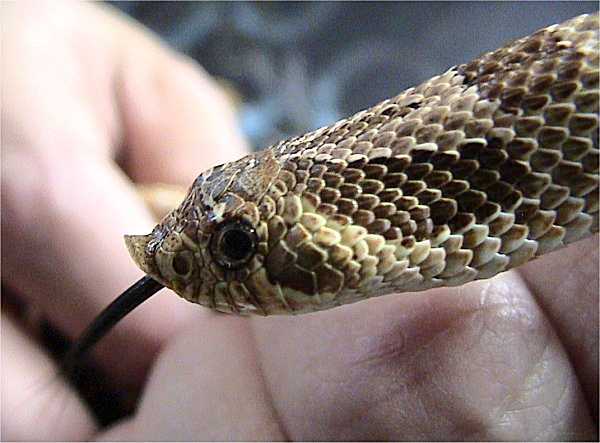
Health and Durability
Western Hognose Snakes are hardy reptiles that can live 15–20 years with proper care.
Common Health Issues
- Respiratory Infections: Caused by excessive humidity or poor ventilation.
- Dehydration: Occurs if humidity levels are too low.
- Obesity: Overfeeding can lead to weight-related health problems.
Preventative Care
- Maintain proper temperature and humidity levels.
- Provide a clean enclosure and fresh water.
- Monitor feeding to prevent obesity.
With consistent care, Western Hognose Snakes are resilient and long-lived pets.
Availability
Availability is the one area where Western Hognose Snakes lose points.
Legal Restrictions
Due to their mildly venomous nature, some regions have laws prohibiting the sale or ownership of hognose snakes. Always check local regulations before purchasing one.
Where to Buy
- Breeders: The best option for healthy, captive-bred snakes.
- Reptile Expos: Great for meeting breeders and seeing a variety of morphs.
- Pet Stores: Less ideal, but some stores carry hognose snakes.
Morphs and Varieties
Western Hognose Snakes come in a range of colors and patterns, from wild-type to albino, axanthic, and more. Rare morphs can be expensive and harder to find.
Initial Cost
Western Hognose Snakes are relatively affordable to purchase and care for.
Cost Breakdown
- Snake Price: $50 to $100 for wild-type morphs; rare morphs can cost hundreds or thousands.
- Setup Cost: $100 to $200 for a basic enclosure, heating, and supplies.
While the initial investment is modest, rare morphs and high-end enclosures can increase costs.
Pros and Cons
Pros
- Docile and easy to handle.
- Low-maintenance care requirements.
- Unique appearance and entertaining behaviors.
- Long lifespan (15–20 years).
- Affordable setup and feeding costs.
Cons
- Mildly venomous (though not dangerous to humans).
- Dramatic defense mechanisms may not suit all owners.
- Limited availability due to legal restrictions.
- Rare morphs can be expensive.
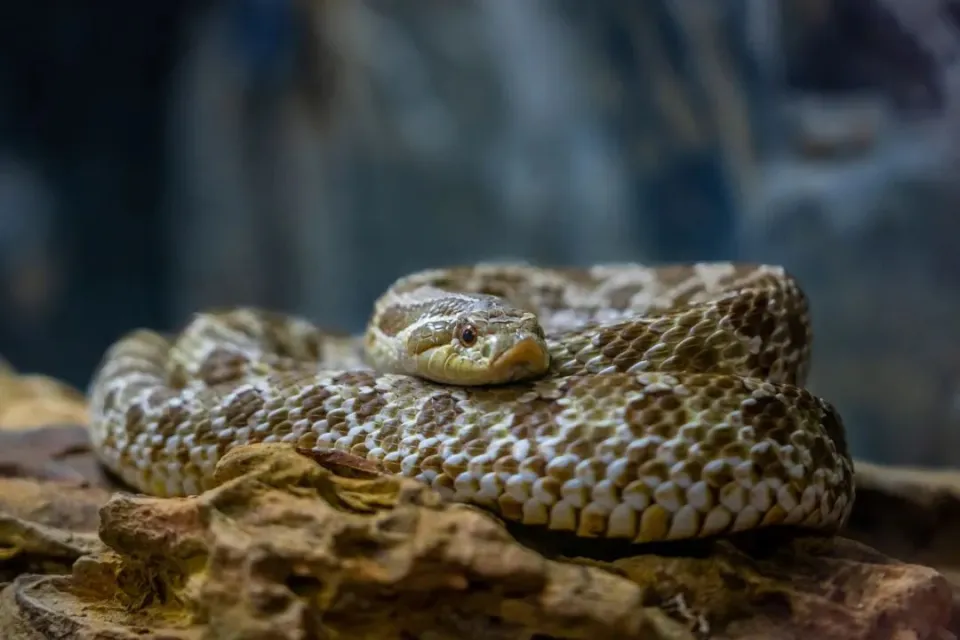
Final Thoughts
The Western Hognose Snake is a fantastic choice for reptile enthusiasts of all experience levels. Their quirky personalities, manageable care requirements, and unique appearance make them a standout pet. While their availability can be a challenge, those who take the time to find one will be rewarded with a delightful and long-lived companion.
If you’re considering a Western Hognose Snake, we recommend visiting a reputable breeder or reptile expo to meet these charming snakes in person. Their individual personalities and stunning morphs are sure to win you over.
Have you owned a Western Hognose Snake? Share your experiences and tips in the comments below! We’d love to hear how you care for your snake and what makes them special to you.
For more reptile care tips and reviews, stay tuned to our blog and don’t forget to subscribe to our newsletter! 🐍



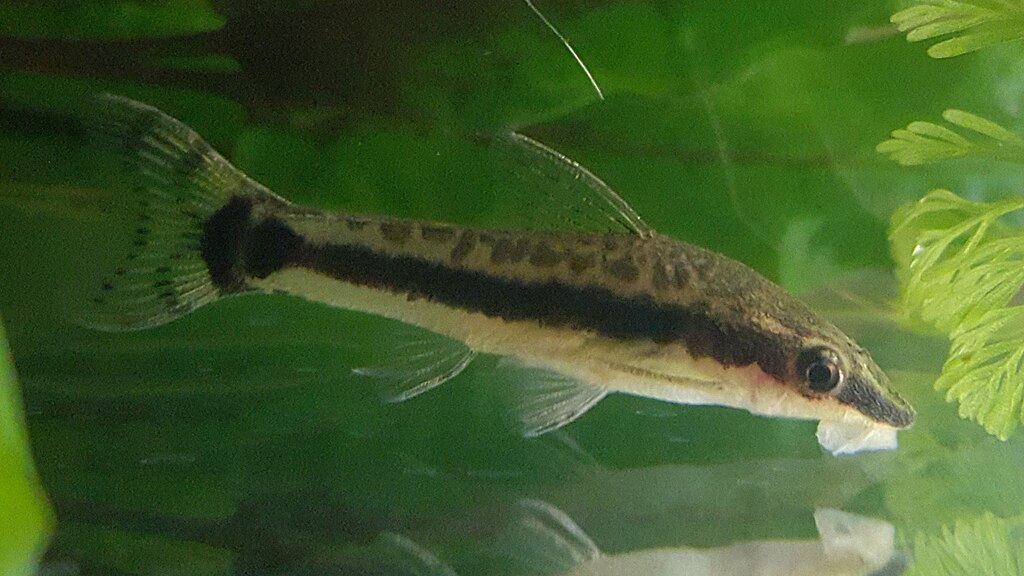

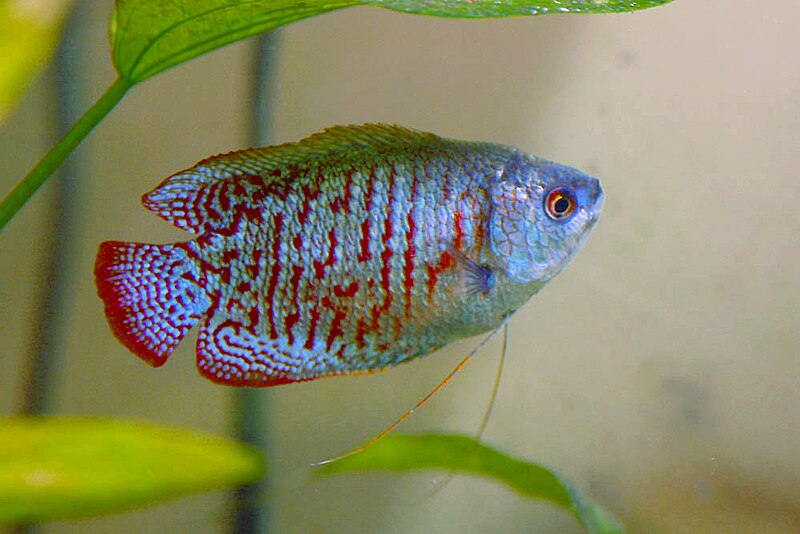

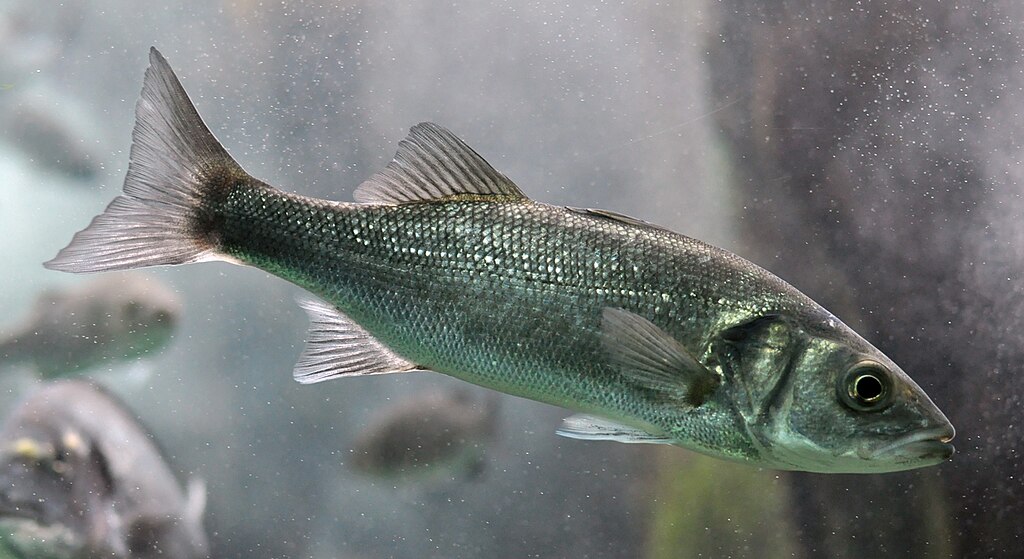
Leave a Reply